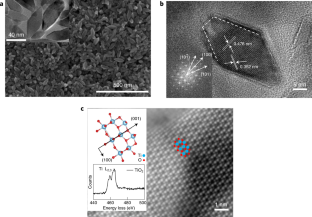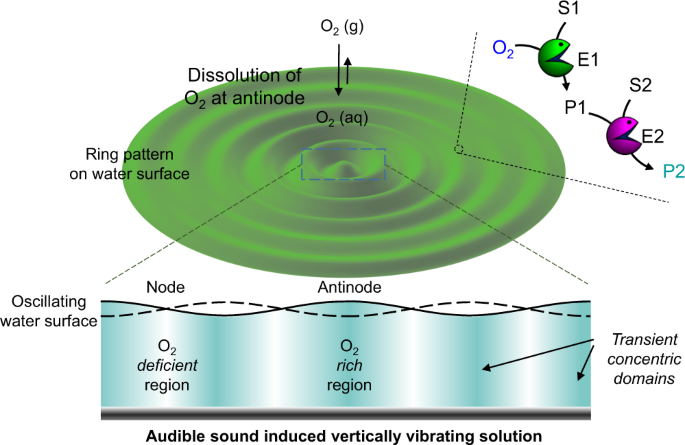2022-05-03 スイス連邦工科大学ローザンヌ校(EPFL)
ペロブスカイト太陽電池の実用化には、規模を大きくすると変換効率や動作の安定性が損なわれることがネックとなる。これは、ペロブスカイトの分子構造に天然の欠陥があるため、電子の流れが阻害されることに起因する。その結果、抵抗による電力損失である「抵抗損失」が発生する。また、高品質の大面積ペロブスカイト膜を実現するために必要なプロセスは非常に複雑である。
EPFLのMohammad Nazeeruddin教授率いる科学者たちは、ペロブスカイトのスケールアップの問題を克服する方法を発見した。ペロブスカイト膜の構築に使用できる単結晶の二酸化チタン菱面体ナノ粒子を製造できる、簡単なソルボサーマル法を開発したのである。
<関連情報>
- https://actu.epfl.ch/news/a-solution-to-perovskite-solar-cell-scalability-pr/
- https://www.nature.com/articles/s41565-022-01108-1
安定で高効率なペロブスカイトモジュールのための単結晶TiO2ナノ粒子 Single-crystalline TiO2 nanoparticles for stable and efficient perovskite modules
Yong Ding,Bin Ding,Hiroyuki Kanda,Onovbaramwen Jennifer Usiobo,Thibaut Gallet,Zhenhai Yang,Yan Liu,Hao Huang,Jiang Sheng,Cheng Liu,Yi Yang,Valentin Ianis Emmanuel Queloz,Xianfu Zhang,Jean-Nicolas Audinot,Alex Redinger,Wei Dang,Edoardo Mosconic,Wen Luo,Filippo De Angelis,Mingkui Wang,Patrick Dörflinger,Melina Armer,Valentin Schmid,Rui Wang,Keith G. Brooks,Jihuai Wu,Vladimir Dyakonov,Guanjun Yang,Songyuan Dai,Paul J. Dyson & Mohammad Khaja Nazeeruddin
Nature Nanotechnology Published: 21 April 2022

Abstract
Despite the remarkable progress in power conversion efficiency of perovskite solar cells, going from individual small-size devices into large-area modules while preserving their commercial competitiveness compared with other thin-film solar cells remains a challenge. Major obstacles include reduction of both the resistive losses and intrinsic defects in the electron transport layers and the reliable fabrication of high-quality large-area perovskite films. Here we report a facile solvothermal method to synthesize single-crystalline TiO2 rhombohedral nanoparticles with exposed (001) facets. Owing to their low lattice mismatch and high affinity with the perovskite absorber, their high electron mobility and their lower density of defects, single-crystalline TiO2 nanoparticle-based small-size devices achieve an efficiency of 24.05% and a fill factor of 84.7%. The devices maintain about 90% of their initial performance after continuous operation for 1,400 h. We have fabricated large-area modules and obtained a certified efficiency of 22.72% with an active area of nearly 24 cm2, which represents the highest-efficiency modules with the lowest loss in efficiency when scaling up.


